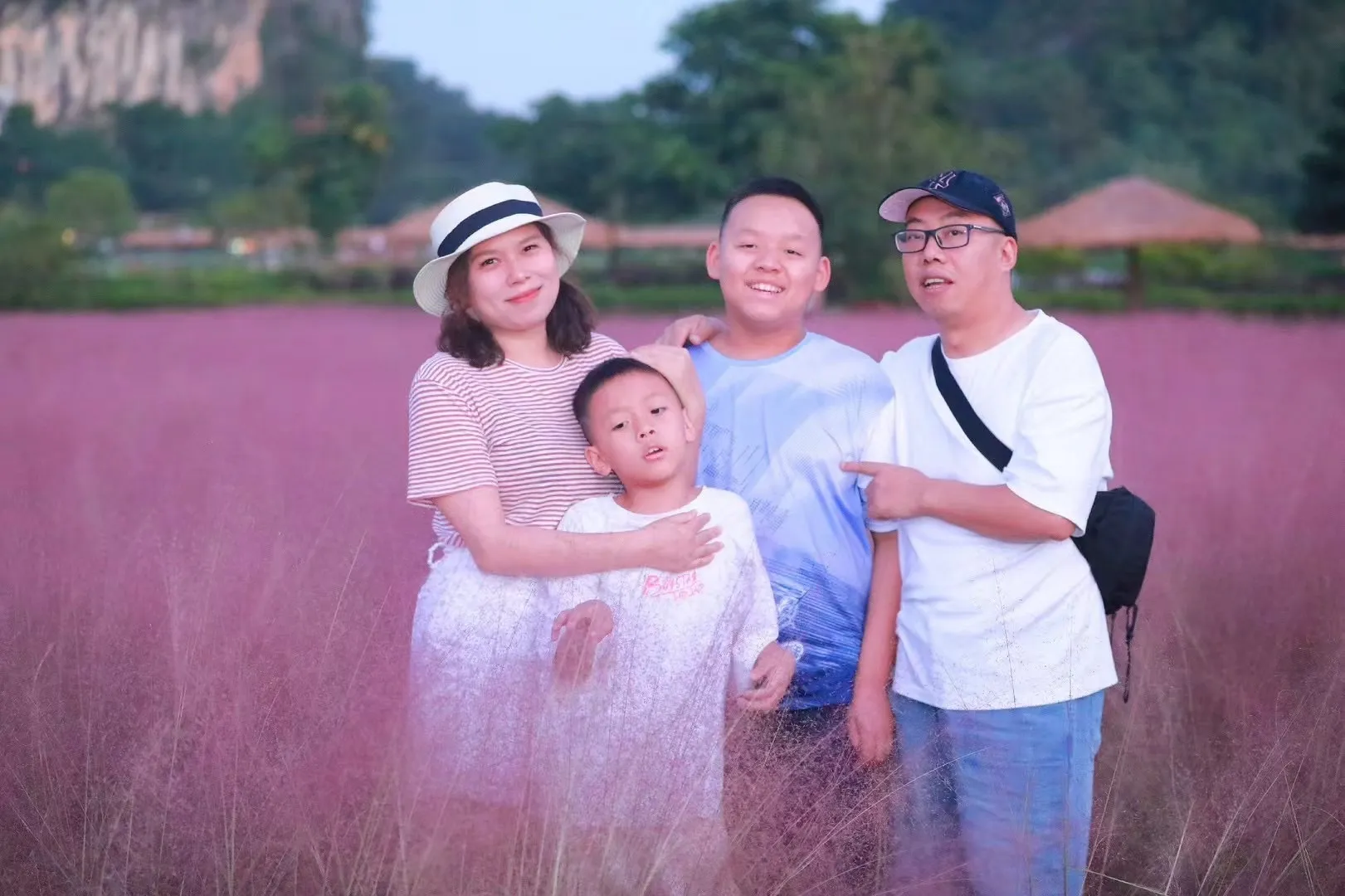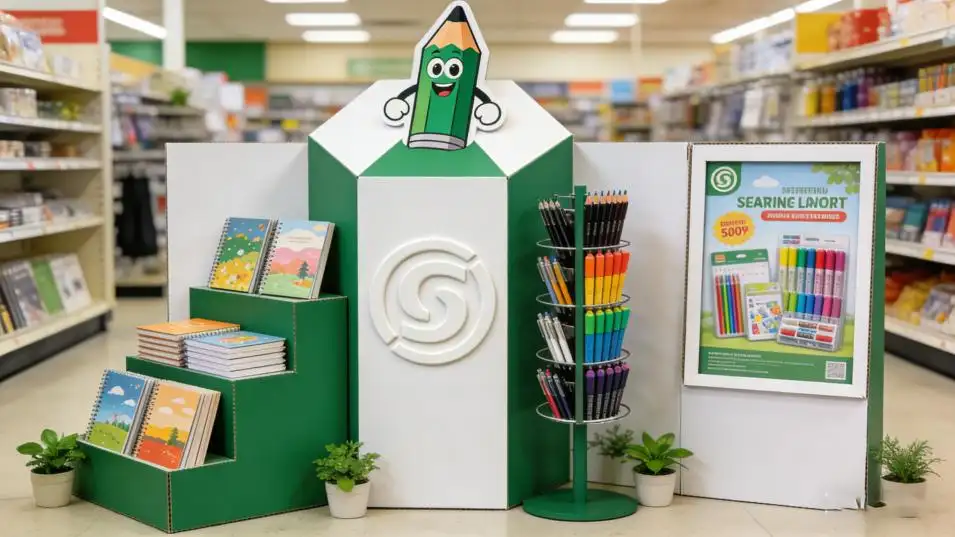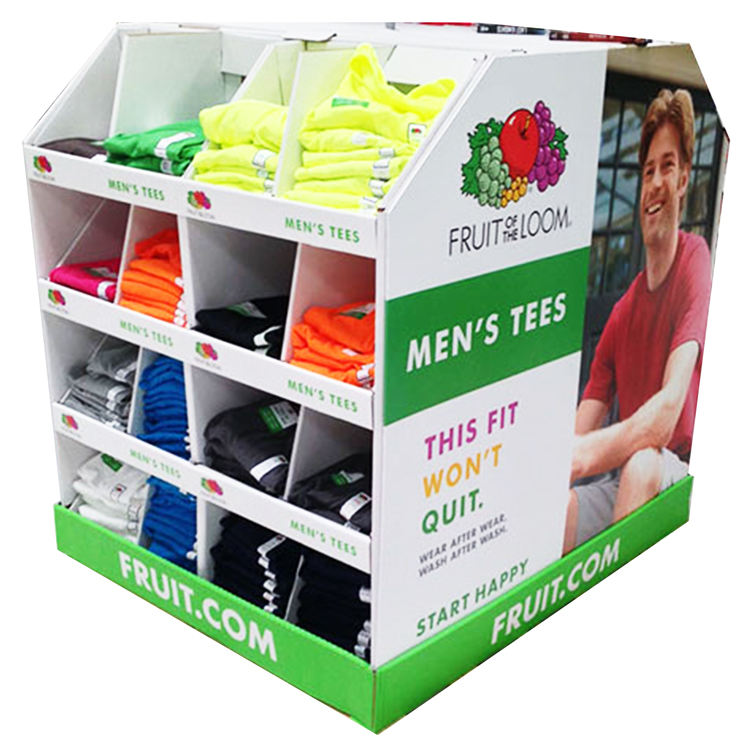Struggling with the packaging process? It seems complicated and you worry about costly mistakes. You need a clear path from your idea to the final, perfect box.
The custom packaging process is a structured journey from idea to reality. It starts with consultation to define your needs, moves to creative design and structural engineering, then to prototyping for approval, and finally to full-scale production and delivery. A good partner makes it simple.
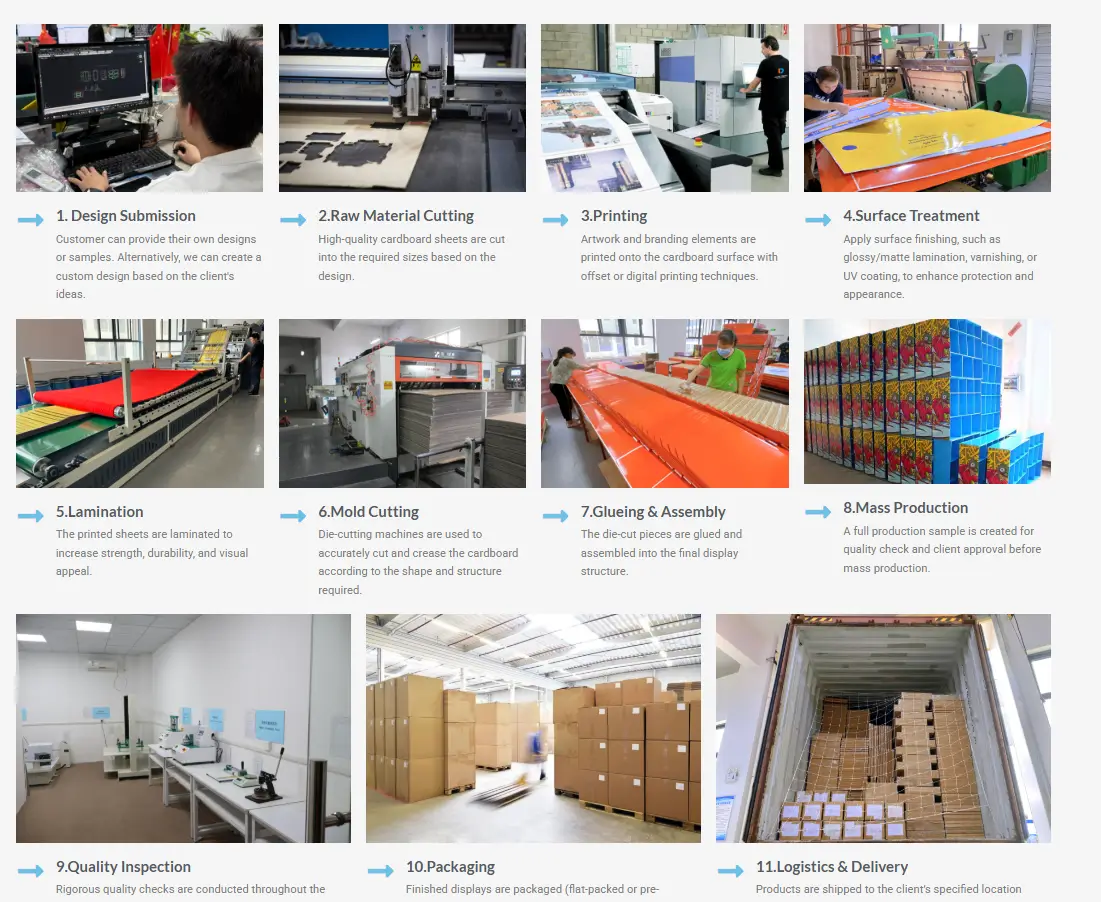
Over my 16 years in this industry, I've seen many clients feel overwhelmed by custom packaging. They have a fantastic product but are unsure how to create the packaging to match. The good news is that the process is more straightforward than you might think. It's a partnership between your vision and our expertise. We break it down into clear, manageable stages to ensure nothing gets missed. Let's walk through this journey together, step by step, so you can see exactly how your idea becomes a physical box that protects your product and represents your brand.
What is the process of packaging design?
Your product is great, but its packaging is plain. It gets lost on the shelf, failing to attract customers and communicate your brand's true value.
The packaging design process is a creative and technical journey. It begins with understanding your brand, your product's needs, and your target customer. From there, designers develop concepts, refine the structure and graphics, and prepare the final files for production. It’s about creating a total brand experience.
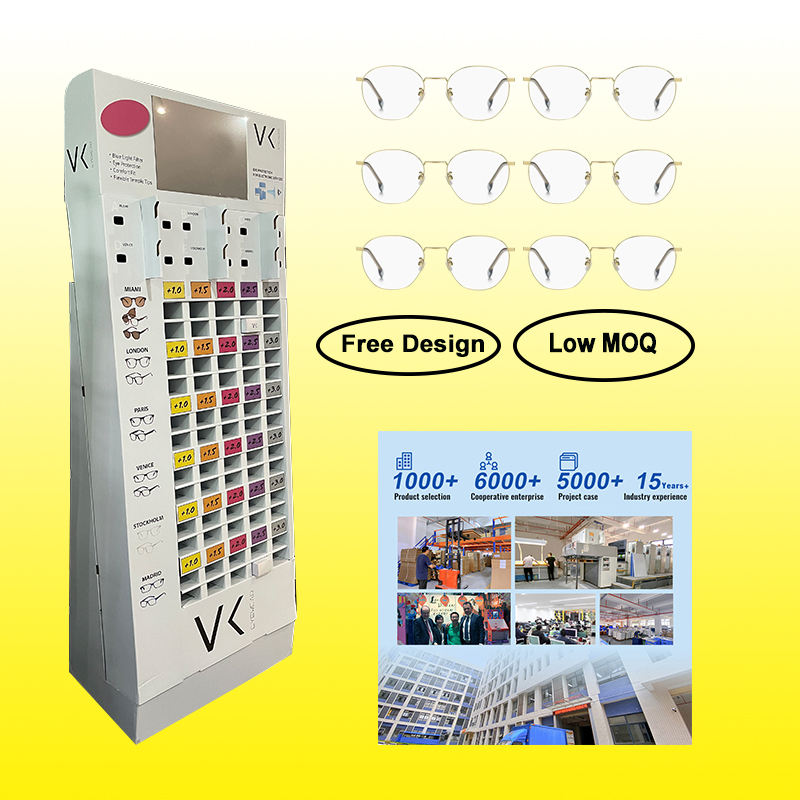
I always tell my clients that design is where the magic starts. But it's not just about making something look pretty. The process is rooted in strategy. First, we have what I call the "Discovery" phase. This is where my team and I sit down with you to learn everything. Who is buying your product? Where will it be sold? What is your brand's personality? What's your budget? We need all these details.
Once we have a clear brief, our designers get to work.
Concept and Ideation
This is the brainstorming stage. We explore different structural styles and graphic directions. For example, a luxury cosmetic item might need a rigid box with a magnetic closure, while a snack food needs a simple, foldable carton. We usually present 2-3 solid concepts. I remember a client who wanted a complex, multi-part box. But after our discovery phase, we realized their brand was about simplicity. A clean, minimalist design with a clever opening mechanism worked much better and resonated more with their customers. It's all about finding that perfect match between the product, the brand, and the customer experience.
What are the five steps in the package design process?
An unorganized design process leads to delays and endless revisions. You need a clear roadmap to keep your project on track, but you're not sure where to start.
The five essential steps are: 1. Discovery and Briefing, where we define goals. 2. Ideation and Concepting, for brainstorming ideas. 3. Design and Development, to refine the chosen direction. 4. Prototyping and Testing, to create a physical sample. 5. Final Artwork and Production setup.

Following a structured process saves everyone time and money. I've refined these five steps over the years to make projects run as smoothly as possible. Let's break them down so you know exactly what to expect. This is the same framework my team and I use for every single project, from simple mailer boxes to complex retail displays.
| Step Number | Step Name | What Happens in This Step? |
|---|---|---|
| 1 | Discovery & Briefing | We gather all project requirements: product specs, target audience, brand guidelines, budget, and goals. This is the foundation for everything. |
| 2 | Ideation & Concepting | Our designers brainstorm structural and graphic concepts. We explore different styles, materials, and unboxing experiences to find the best solutions. |
| 3 | Design & Development | We take the chosen concept and fully develop it. This involves creating detailed 3D mockups and refining the artwork, colors, and typography. |
| 4 | Prototyping & Testing | We create a physical sample. This is critical. You get to hold the box, test the product fit, and approve the material and print quality before mass production. |
| 5 | Final Artwork & Pre-press | Once the prototype is approved, we finalize the print-ready artwork, create the cutting dies, and prepare everything for the production line. |
I can't stress step 4 enough. A few years ago, a client was in a rush and wanted to skip the physical prototype. We advised against it, but they insisted. When the full order was produced, the product fit was slightly too tight, making it difficult for customers to unbox. We had to rerun the order. That experience taught us to always insist on a prototype. It's the best way to guarantee you’ll be happy with the final result.
What are the benefits of custom packaging design?
You use generic stock boxes because they are cheap. But your product looks ordinary, fails to stand out, and doesn't connect with your customers emotionally.
Custom packaging elevates your brand from generic to premium. It provides superior product protection, enhances your brand identity, and creates an unforgettable unboxing experience that customers love. It's a direct investment in your brand's perceived value and customer loyalty.
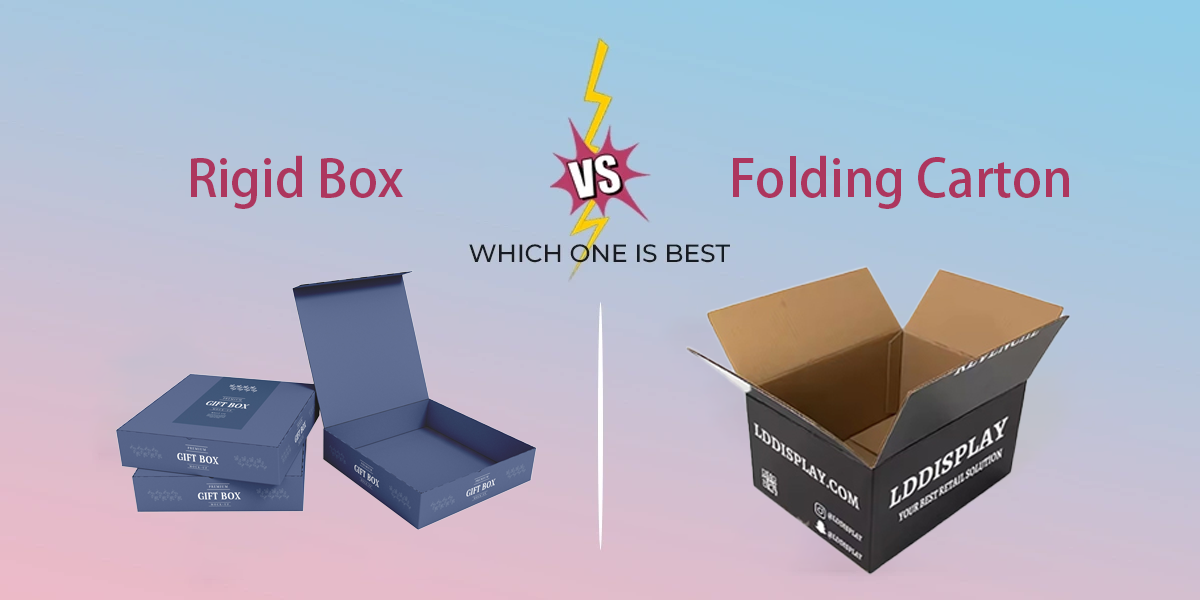
When you invest in custom packaging, you're doing more than just buying a box. You're creating a powerful marketing tool. After 16 years of helping businesses with their displays and packaging, I've seen the impact firsthand. The benefits are clear and directly affect your bottom line.
A Stronger Brand Image
Your packaging is often the first physical interaction a customer has with your brand. Custom design allows you to use your specific colors, logo, and messaging to tell your story. It makes your brand instantly recognizable and appear more professional and trustworthy. It says you care about the details.
Better Product Protection
A stock box is a one-size-fits-all solution that often doesn't fit at all. This leads to product damage during shipping. With custom packaging, we design the box and any internal inserts to perfectly cradle your product. This reduces movement and absorbs shock, so products arrive safely. This saves you money on returns and replacements.
An Unforgettable Customer Experience
The "unboxing" experience is a huge part of e-commerce today. A thoughtfully designed package with custom printing and a satisfying opening mechanism can delight your customers. This positive emotion creates a stronger connection to your brand. Happy customers are more likely to buy again and share their experience online, giving you valuable word-of-mouth marketing.
What does custom packaging mean?
You hear "custom packaging" and think it's just about printing your logo on a standard box. This mistake could make you miss out on major branding opportunities.
Custom packaging means creating a box from the ground up to fit your product and brand perfectly. It involves engineering a unique structure, size, shape, and selecting specific materials, print finishes, and graphics. It’s not just a logo; it's a completely bespoke solution.
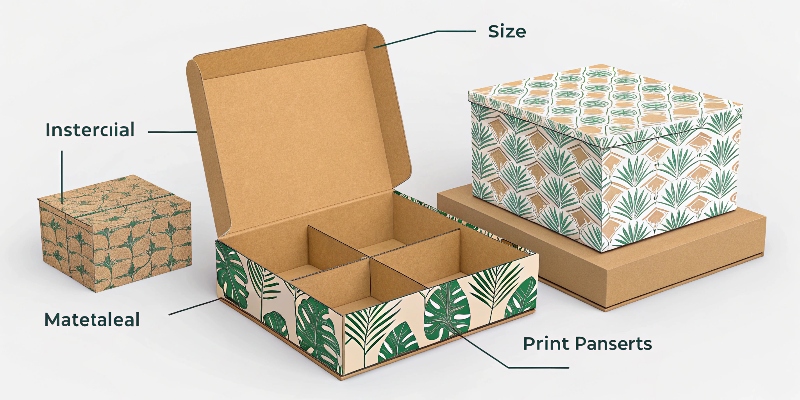
Many people think custom packaging is just a slight upgrade from a stock box. But it's a completely different approach. Think of it like a bespoke suit versus buying one off the rack. A stock box is made for a generic purpose. A custom box is made only for your product. At lddisplay, this is what we specialize in. We don't just decorate a box; we build it around your needs.
Here’s a simple comparison to make it clear:
| Feature | Stock Packaging | Custom Packaging |
|---|---|---|
| Size | Limited standard sizes | Made to your product's exact dimensions |
| Material | Standard cardboard options | Wide choice of materials, thicknesses, and finishes |
| Structure | Basic box styles (e.g., mailer, shipping) | Unlimited structural possibilities |
| Printing | Limited printing, often one or two colors | Full-color printing inside and out, plus finishes |
| Branding | Your logo on a generic box | A complete brand experience that tells a story |
Some clients worry that "custom" means "expensive." While the initial setup cost for printing plates and cutting dies might be higher, custom packaging often saves you money in the long run. A right-sized box can lower your shipping costs. Better protection reduces the cost of damaged goods. And the branding impact can lead to higher sales. It's an investment that pays for itself.
Conclusion
The custom packaging process is a collaborative journey. When done right, it results in a solution that protects your product, strengthens your brand, and delights your customers.

